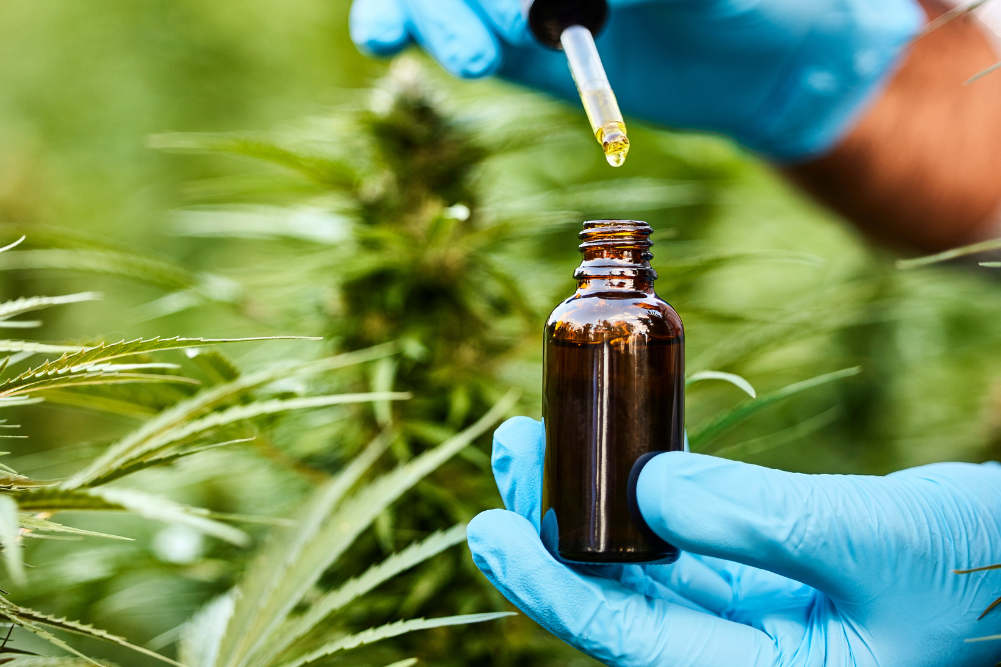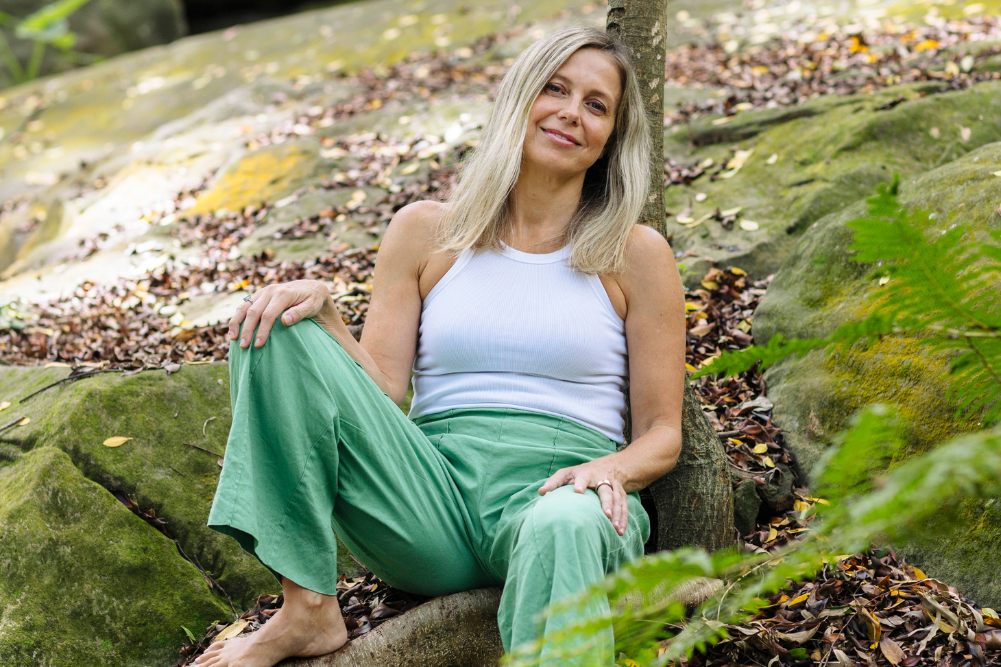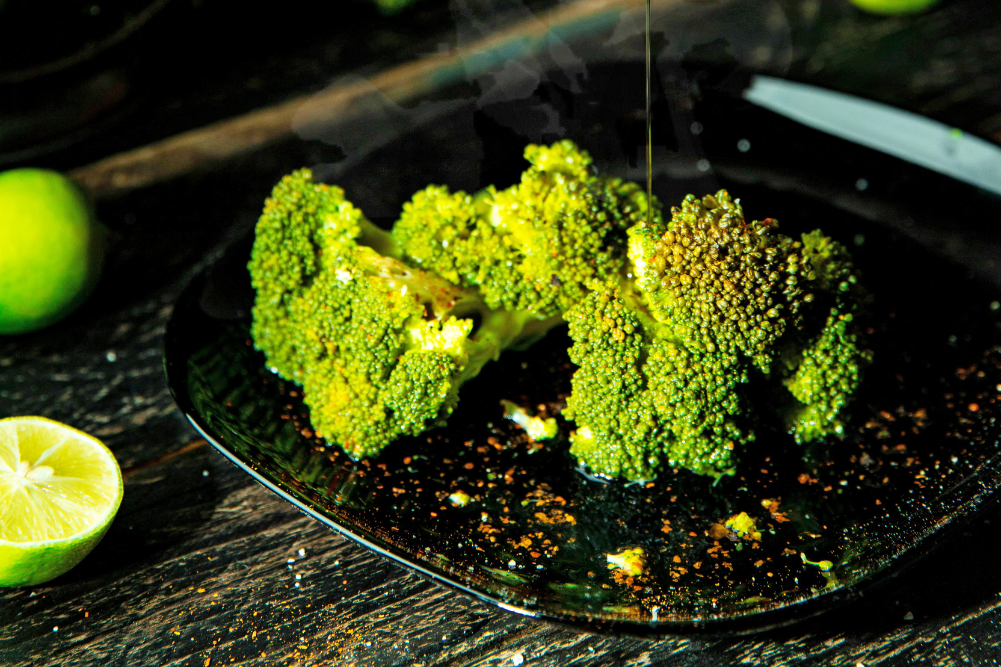Medical Cannabis
Since cultivation of cannabis was legalised in Australia in 2016 for medical purposes (and only with a license), there’s been a surging interest in the product. And not just from the public. Worth an estimated AU$141 million in 2023, and US$21 billion globally, the legal cannabis market is booming. Forecasts by Grand View Research predict the Australian market will soar at a compound annual growth rate of 27.8 per cent between 2024 to 2030.
How does “medicinal” cannabis differ from the maligned, recreational marijuana, pot and weed associated with getting high and addiction? What proof is there of its effectiveness? And how is the “medicalised” version accessed for health purposes within the laws of today?
Medical versus recreational cannabis Dr Orit Holtzman, a functional medicine practitioner, director and co-founder of Leura Wellness, president of the Australian and New Zealand College of Cannabinoid Practitioners and adjunct fellow at Western Sydney University, describes medical cannabis simply as the cannabis plant used as a medication. According to the Therapeutic Goods Administration (TGA), cannabis used medically can range from untreated raw and dried cannabis and hashish (cannabis resin) to various pharmaceutical cannabis preparations, as well as synthetically lab-produced cannabinoids.
In reality, within most states of Australia, medical use of the plant is highly controlled and restricted to pharmaceutical products accessed through a prescription. These come in a wide variety of forms including oral formulations (in oil, tinctures, capsules or wafers), inhalations via medical-grade vaporisers and topical creams and pessaries, Holtzman explains. They’re also sold as chewables, lozenges and as the flower. Smoking cannabis is not endorsed because of its negative impact on lung health.
Currently, the oil is the most common way the plant is used medically. Cannabis oil products are manufactured from the green plant matter of the cannabis plant and formulated to contain various ratios of the cannabinoids CBD (cannabidiol) or THC (tetrahydrocannabinol) in combination or alone. Some products consist solely of CBD or THC as highly purified ingredients; others contain CBD and/or THC with a “full spectrum” of cannabis plant constituents including other cannabinoids, the TGA≈explains.Cannabis oil should be differentiated from hemp seed oil (made from the seeds), which is classified as a food and doesn’t contain either THC or CBD.
Medical cannabis and the law
In Australia, the TGA and Office of Drug Control (ODC) regulate medicinal cannabis products. Under current laws, it can only be obtained from a pharmacy or doctor via a prescription from a registered medical or nurse practitioner authorised to prescribe the medicine. This applies to those prescribing and dispensing medicinal cannabis products online.
Purchasing medicinal cannabis independently of these pathways is illegal in Australia. This includes buying it online and importing it yourself, with or without a prescription. The TGA strongly urges consumers to avoid accessing unapproved therapeutic goods from unknown websites, social media or other digital platforms. Such products are untested by the TGA and may contain toxic substances or not live up to their claims.
Laws around consumer access differ between states of Australia and across countries. In Canada, Germany, Malta, Thailand and a few other countries, for example, it’s legal to use cannabis for recreational or medical reasons. In the ACT, due to laws enacted in 2020, residents aged over 18 are permitted to grow up to two plants (or four per household) and possess up to 50g of dried or 150g of fresh cannabis for personal use.
Approved and unapproved products To date, the TGA, whose role it is to approve prescription medicines, has approved two medicinal cannabis products as prescription medicines on the Australian Register of Therapeutic Goods (ARTG). Nabiximols (Sativex) contains THC and CBD and is approved to treat spasticity in people with multiple sclerosis (MS). Cannabidiol (Epidyolex) is a CBD-only oil preparation approved for use in specific forms of epilepsy in children.
All other cannabis products are unapproved therapeutic goods, unevaluated for efficacy, but allowed for use through the Special Access Scheme (SAS), the Authorised Prescriber Scheme or in a clinical trial via a health practitioner, under specific conditions and on a case-by-case basis. Doctors can either apply for approval to the SAS for individual patients or become an authorised prescriber, Dr Holtzman explains. “To become an authorised prescriber, you do need to do some training and be approved by an ethics committee and then by the TGA,” she says.
Whether approved or not, (apart from Epidyolex used for the treatment of Dravet syndrome), medical cannabis isn’t subsidised under the Pharmaceutical Benefits Scheme.
Cannabinoids – THC versus CBD More than 560 different natural compounds have been identified in Cannabis sativa, according to a 2023 article in Horticulture Research. The most studied and best known are the cannabinoids, rich in the plant and thought to be responsible for any therapeutic effects: more than 130 different kinds (within 11 subclasses) have been identified. These include THC (tetrahydrocannabinol) and CBD (cannabidiol), which many of us have heard of, as well as less known and studied cannabinoids like CBC (cannabichromene) and CBN (cannabinol).
THC is the ingredient responsible for feeling high and hallucinations. Research shows it also has analgesic, antiepileptic, antispastic, antitumour and antiemetic (anti-vomiting) effects. CBD, the second most studied compound, has been found to be an antiinflammatory, antidepressant and anti-epilepsy, and has activity against glaucoma, according to a journal article by Chinese researchers in Horticulture Research .
THC is the ingredient responsible for feeling high and hallucinations. Research shows it also has analgesic, antiepileptic, antispastic, antitumour and antiemetic (anti-vomiting) effects. CBD, the second most studied compound, has been found to be an antiinflammatory, antidepressant and anti-epilepsy, and has activity against glaucoma, according to a journal article by Chinese researchers in Horticulture Research .
Unapproved medicinal cannabis products are categorised into broad groups based on their proportion of CBD or THC compared to overall cannabinoids. Prepared products are either CBDor THC-dominant or a balanced mix of both, vary in strength and include low- and high-dose forms. TGA requirements mean the amount of CBD or THC present must be listed on the label. What product form, composition, strength and dosage prescribed is determined by the medical practitioner considering the patients’ symptoms and needs.
TGA data shows 49 per cent of medicinal cannabis products in Australia were sourced from Canada in 2023, and 39 per cent from within Australia. What guarantee is there of what’s in the product? The TGA conducts ongoing surveillance to monitor the quality of medicinal cannabis products permitted for supply in Australia. In a recent test of 21 products across many different suppliers, all but one met the requirements for the content of active ingredients.
Historical use
Once upon a time, Cannabis sativa wasn’t considered so evil. Prior to widespread criminalisation of the plant in the 1900s, and for the vast timeline of human history, the fast-growing, annual herbaceous flowering plant has been an important commodity with multiple purposes. The fibre was used by many civilisations to produce hemp paper, clothing, rope, sails, netting, string and more. The seed is rich in essential fatty acids and protein and was an important food. It was also used to make oil for soap, varnish and cooking. Cannabis sativa is listed in numerous ancient texts, including the 2800 BC oral Materia Medica of Emperor Shen Nong, and has an extensive history of use in Unapproved medicinal cannabis products are categorised into broad groups based on their proportion of CBD or THC compared to overall cannabinoids. Images: Getty WellBeing 74 Health • Medicinal Cannabis 75 healing, and spiritual and religious ceremonies and practices. As reported in Horticulture Research, the ancient 550 BC text Papyrus Ramesseum III records use of the ground plant as a treatment for eye diseases. Hua Tuo, an early Chinese surgeon, used cannabis to make anaesthesia in 207 CE. Classical texts also report historic use of the plant for arthritis, convulsions, depression, pain, lack of appetite, asthma, malaria and more. healing, and spiritual and religious ceremonies and practices. As reported in Horticulture Research, the ancient 550 BC text Papyrus Ramesseum III records use of the ground plant as a treatment for eye diseases. Hua Tuo, an early Chinese surgeon, used cannabis to make anaesthesia in 207 CE. Classical texts also report historic use of the plant for arthritis, convulsions, depression, pain, lack of appetite, asthma, malaria and more.
Using cannabis medically today
Fast forward to today and about 700,000 Australians used cannabis for medical reasons in 2022 to 2023, based on data from the Australian Institute of Health and Welfare. The true figure may be higher, given only 37 per cent of medical cannabis users had a legal prescription in a 2020 survey by The University of Sydney’s Lambert Initiative. One reason for this could be cost. According to an Australian government site, this can range from $50 to $1000 a month depending on the health issue being addressed, dose and product type.
A study of 248,000 scripts for medicinal cannabis found chronic pain was the leading reason for those seeking a script in Australia, followed by anxiety and sleep issues. It’s also commonly prescribed for pain and nausea related to cancer. The study, led by The University of Sydney’s Lambert Initiative for Cannaboid Therapeutics, found medical cannabis had been prescribed for more than 140 different health conditions. According to the TGA website, medicinal cannabis products have been approved for over 11,000 different applications under the Special Access Scheme. Increasingly, statistics show it’s also being prescribed by practitioners for mental, emotional, developmental and behavioural problems. But what evidence is there that it works?
Research
Dr Holtzman, who is also a research fellow at the National Institute of complementary medicine (NICM) at Western Sydney University at Nica, says there’s encouraging scientific evidence, as well as anecdotally in her clinical experience, for the use of cannabis in chronic pain, anxiety and sleep issues.
A small recent study of 22 adults with severe Tourette syndrome, co-funded by The University of Sydney’s Lambert Initiative for Cannabinoid Therapeutics and Wesley Research Institute, found a combination of THC and CBD reduced tics by as much as 50 per cent.
Dr Holtzman cautions that “nothing works for everyone”. Cannabis has variable effects on people. She’s also keen to point out that cannabis isn’t an approved first-line treatment for any condition.
Nonetheless, she’s enthusiastic about the latest research. “Research is really thriving in this area and we learn new things every day,” she says. “Some exciting findings are studies that look into minor cannabinoids, so not just CBD and THC. There are some really interesting recent studies about CBG for anxiety, for example. So we learn more about the whole spectrum of cannabinoids in the cannabis plant.” Dr Holtzman is involved in clinical trials using cannabis products to treat peripheral diabetic neuropathy. “We’re learning new things every day about new dosage forms, new cannabinoids and what medical conditions can benefit and how from this wonderful plant,” she says.
Adverse effects
Dr Holtzman says medical cannabis is generally well tolerated if used with caution. “You start on a low dose and go up slowly,” she advises. “If there are side effects, they are usually quite mild, so, for example, things like nausea, diarrhoea and a bit of fatigue, that goes away.” Compared to other medications used to treat conditions where medicinal cannabis is commonly used, the side effects profile is really quite mild, she says. “Definitely, you can have quite significant side effects if people are being prescribed high doses of THC, and inappropriately.”
According to the Australian Prescriber site, very high doses of THC can cause dizziness, appetite stimulation and feelings of being spaced out or sedated. More extreme negative side effects include paranoia and severe anxiety. Combinations of CBD and THC can be useful given CBD has anxiolytic and antipsychotic effects.
When it comes to effects and dosage, every person is unique, Dr Holtzman says. “Cannabis is a very personalised medication. You can have two people, same age, same size, same medical indication, and they will still have a different response,” he explains Different people respond differently and it probably depends on a whole lot of factors that we’re not even aware of yet. That is why it’s so important to personalize the treatment and to follow up with a practitioner that can help choose an appropriate product that will suit the individual.”
References upon request.








